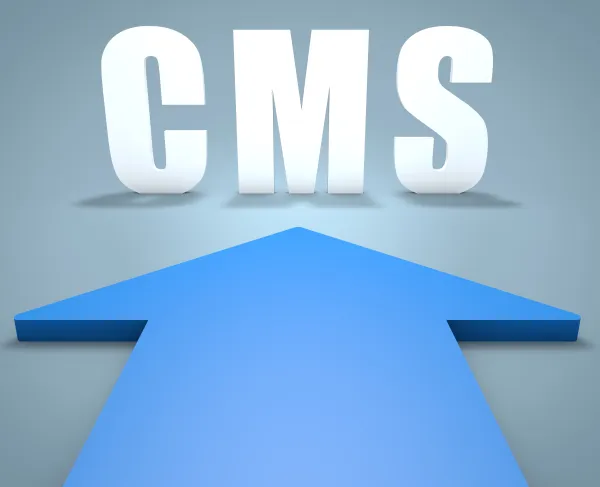Ophthalmology and Optometry Coding Alert
Look for These Issues on Audit Charts
Published on Fri Dec 20, 2019

You’ve reached your limit of free articles. Already a subscriber? Log in.
Not a subscriber? Subscribe today to continue reading this article. Plus, you’ll get:
- Simple explanations of current healthcare regulations and payer programs
- Real-world reporting scenarios solved by our expert coders
- Industry news, such as MAC and RAC activities, the OIG Work Plan, and CERT reports
- Instant access to every article ever published in Revenue Cycle Insider
- 6 annual AAPC-approved CEUs
- The latest updates for CPT®, ICD-10-CM, HCPCS Level II, NCCI edits, modifiers, compliance, technology, practice management, and more
Related Articles
Other Articles in this issue of
Ophthalmology and Optometry Coding Alert
- Part B Payment:
CMS: Ophthalmologists to see Biggest Pay Cuts in 2020
Ophthalmologists will experience a 10 percent hit in RVUs this year. With every new year, [...] - Compliance:
Find out How to Avoid This Ophthalmologist's Fate
Self-audits can help you catch these issues early. When your ophthalmologist performs surgical procedures, how [...] - Look for These Issues on Audit Charts
Regardless of which auditing model your practice decides to adopt, it’s a good idea to [...] - Billing:
4 Steps Lead Your Eye Care Practice to Higher Revenue
Tip: Stop focusing on processes that won’t move the needle. If your practice is like [...] - You Be the Coder:
E/M Codes Not Typically Subject to Frequency Rules
Question: Our ophthalmologist performed an office consultation on a patient and his insurer does still [...] - Reader Question:
Know What Info to Share With Collection Agencies
Question: We are about to turn some of our outstanding accounts to a collection agency. [...] - Reader Question:
Always Check for Medical Necessity
Question: We just got a denial for “lack of medical necessity” for a procedure our [...] - Reader Question:
Check for Updated Orbital Fracture Codes
Question: Our ophthalmologist evaluated an inpatient who was in a car accident. The patient said [...]
View All




